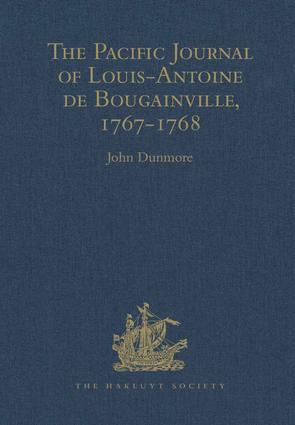On 4 May 2018, the Hakluyt Society hosted its first Editorial Workshop for current and prospective editors of primary historical accounts. The workshop included a session led by former Hakluyt Society President Michael Barritt, focusing on references for terminology, particularly for toponyms and nautical terms, with emphasis on resources available on-line. The following notes by Captain Barritt will serve as general guidance for scholars editing primary materials, particularly those of a maritime nature.
– Join the Hakluyt Society on www.hakluyt.com –
Present-Day Toponymy
To start, editors should refer to official publications produced by the relevant national authority or a dependable derived publication. In the maritime sphere charts and sailing directions are produced in hard and soft copy by many Hydrographic Offices. Details can be found online using a standard search engine. The Office of Coast Survey makes all charts of domestic US waters available for download online. This is exceptional.
A useful online source, analogous to Google Maps and Earth, is the website of Navionics, where the Chart Viewer allows access to digital charting of most areas. The toponymy on this site will reflect usage of the contiguous state.
The best source of all is the world-wide coverage of Sailing Directions or ‘Pilots’ published by the UK Hydrographic Office, in which nomenclature will have been rigorously checked. Their coverage can be seen in another British Admiralty publication, NP 100, The Mariner’s Handbook. A bonus in this and the Pilots is the inclusion of comprehensive glossaries of geographical and nautical terms. Second-hand copies of all these volumes can be found via online sellers and will be authoritative in all but areas of very rapid change and development.
Toponymy at the Time of the Creation of the Edited Text
Contemporaneous charts can be found in major archives and libraries, and many of these are digitising their collections. The work of the National Library of Australia is particularly impressive, and the display includes an excellent zoom facility.
The Royal Museums Greenwich website is not easy to navigate, but, once located, the ‘Collections’ area contains a button for ‘Charts and Maps’. On the page which is then displayed it is important to tick the box ‘Search within results’ before entering the search term. The zoom facility on those images which are available is satisfactory.
An editor drew attention to the superb coverage of maps and charts made available online by the National Library of Scotland. The staff of the archive of the UK Hydrographic Office (research@ukho.gov.uk) can provide advice and images at reasonable cost. Catalogues of early British Admiralty charts can be downloaded here. An online search, using the toponym of interest, may reveal access to older sailing directions such as John Purdy’s Memoirs or to content in The Naval Chronicle.
No firm rule is set down by the Society for use of present-day or contemporaneous toponymy on the maps in its editions. Consistency, however, is vital.
Nautical Terms
A good first stop for glossaries is the backlist of Hakluyt Society volumes, e.g. the edition of Alejandro Malaspina‘s Pacific voyages [Hakluyt Society Third Series, nos. 8, 11, 13] for Spanish terms; and the French voyages by Louis-Antoine de Bougainville and Jean-François de Galaup de la Perouse edited by John Dunmore.
Copies of recommended sources can be readily found via second-hand booksellers. Amongst those highlighted during the presentation were:
The Country Life Book of Nautical Terms – comprehensive, accessible and well-illustrated.
Guide des Termes de Marine – handy format published by Chasse Marée.
Standard works which are available online include:
The Sailor’s Word Book by W. H Smyth – a classic, comprehensive source.
Nautical Terms in English and French and French and English by L Delbos – a superb source.
The Biblioteca Digital Hispanica gives access to:
Diccionario Marino Inglés-Español Para el Uso del Colegio Naval
General Advice
Captain Barritt also highlighted volumes which provide background on navies in different periods and details of ships, and more detailed treatises such as John Harland’s Seamanship in the Age of Sail.
He noted the website www.medievalandtudorships.org established by the University of Southampton. He suggested that editors without specialist knowledge should consider joining the Society for Nautical Research and gaining access to back numbers of The Mariner’s Mirror.
For editors of Hakluyt Society volumes, Barritt stressed the particular importance of early liaison with the Society’s cartographic adviser and cartographer to determine the scheme needed to complement the text. The volume editor would be expected at a minimum to provide a list of toponyms which he wished to be included.
He concluded with some examples of errors in published volumes to substantiate his advice that access to reference sources will not guarantee correct translation or explanation in the apparatus of a volume. He urged the importance of including in the Society’s Editorial Advisory Group, where appropriate, someone with nautical experience who can understand ‘what is going on’ in the description of a maritime phase of a narrative.
@HakluytSociety – Become a member at www.hakluyt.com


